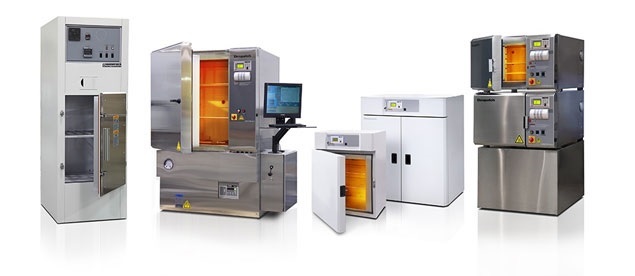|
Despatch Ovens Applications Note
May 2019,
MARIETTA, GA ~
Drying applications vary: from drying frac sand — a relatively simply process often performed for screening purposes — to applications like drying wetted primer in ammunition — a process that depends on accurate temperatures sustained over time. Yet, in drying applications from simple to complex, airflow and temperature uniformity makes a difference.
The type of drying system that should be selected for a given application is influenced by several considerations. Key among them is the amount of moisture to be removed and the conditions required to produce the product. Inherently, the drying process involves removing moisture or some other solvent from the part surface or part interior. While drying seems straightforward at first glance, consistent drying results require careful attention to key elements. Exhaust is one of the bigger questions.
A drying oven, by definition, removes vapor from the process. As such, it must have adequate exhaust capability along with fresh makeup air capacity. A forced exhaust fan is recommended for drying applications that generate moderate to high amounts of moisture. For any drying application that evolves solvents in the process cycle, however, a forced exhaust fan is a required safety feature.
Inadequate ventilation can result in poor drying performance. Worse, in some cases, it can result in condensation on the oven walls or moisture buildup in the insulation space. Warmer air picks up more moisture than cooler air, so a warmer oven will typically speed the drying process; however, many parts can be damaged by drying too quickly. Ceramic catalyst cartridges, for example, can be damaged by drying too rapidly, and pharmaceutical glassware can crack under thermal shock.
|




